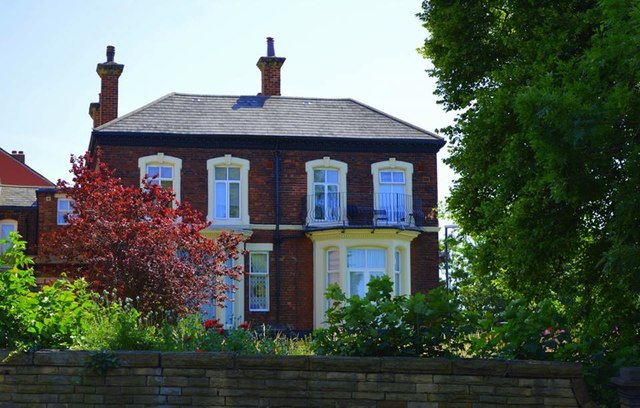Homes advertised as ideal investment opportunities can give landlords a guaranteed rental income for up to five years.
But to be able to access the funding needed to buy an investment property, first-time investors and experienced landlords need to know how a buy-to-let mortgage works.
Banks and building societies have changed the lending criteria they use to decide whether to agree to requests for a buy-to-let mortgage.
Here are five key factors to consider…
1 Loan to value ratio

A property loan provider’s LTV determines how much an investor can borrow in relation to a rental home’s purchase price. While BTL mortgage lenders offer maximum LTV ratios of 75% or higher, the best rates are reserved for investors taking out a loan with an LTV ratio of 65% or lower.
This means that if an investor wanted to purchase a rental property for £300,000, a lender would only offer their most competitive rates on a BTL mortgage for £195,000 or less.
2 Interest coverage ratio requirements
To make sure an investor can afford to keep up the repayments on a BTL mortgage, lenders look at the relationship between the rental income a property generates and the cost of the home loan.
This follows Chancellor George Osborne unveiling a tax change in 2015 that will remove landlords’ ability to deduct the cost of their mortgage interest from their rental income when they calculate a profit on which to pay tax.
In effect, this means landlords will be taxed on their turnover rather than their profit and has led mortgage providers to increase their BTL interest coverage ratio from 125% to 140%.
For example, if the interest payable on a £195,000 BTL mortgage with a competitive rate of, say, 2.95% is £479 per calendar month, the £300,000 property would need to generate a rental income of at least £480 every month.
Denhan Guaranteed Rent acknowledges that few homes in London have a rental value of under £111 per week, but being a landlord can be hard work.
It involves ensuring your property complies with a raft of legislation, maintaining it, finding tenants and having to cope with the financial stress of void periods.
Denhan’s guaranteed rent scheme takes away all of the stress that comes with being a landlord in London. To find out how you could receive a fixed payment for your rental home every month for up to five years, click on the banner below.
3 Non-property related income

In addition to the income a property investment can generate, many BTL mortgage lenders require investors to be able to prove they have a minimum pre-tax income of at least £30,000 per year for a single applicant or £50,000 per year for joint applicants. This condition, in addition to other affordability criteria, is most commonly applied to first-time landlords.
For first-time property investors whose income comes from self-employment, lenders will usually require a minimum trading period of at least 12 months.
Other points that borrowers need to consider before applying for any mortgage is the need to improve their credit score.
Self-styled money saving expert Martyn Lewis advises: “The credit landscape has shifted towards ‘rate for risk’. This means almost every mortgage provider uses your credit file to not only dictate whether they’ll provide you with credit, but also what rate you’ll get.”
4 Primary property ownership status
A growing number of landlord mortgage providers require first-time property investors to be homeowners, and to have paid their mortgage without any problems for at least 12 months.
5 Your age
With a growing number of investors aged 55 or over using their net income from BTL property to fund their retirement, landlord mortgage providers are increasing the upper age limit for borrowers at the end of the loan period to a maximum of 85, while loan terms are also rising to up to 40 years.
Every BTL mortgage provider attaches different terms and conditions to their property loans and the information above is intended to act only as a guide to the factors to consider when seeking finance to fund an investment property purchase.